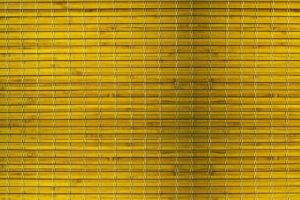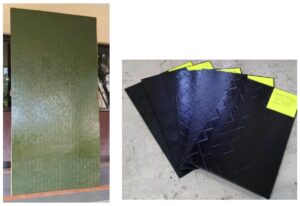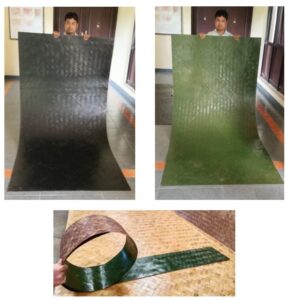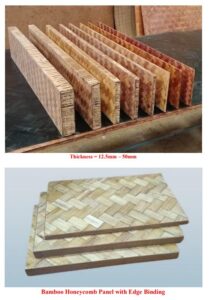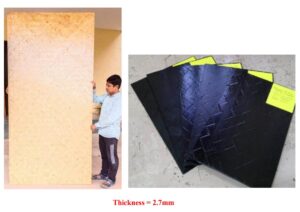1. Introduction
Bamboo tissues and napkins are eco-friendly alternatives to conventional paper tissues. They are biodegradable, hypoallergenic, and sustainable. The increasing consumer preference for green products makes bamboo tissue manufacturing a promising business opportunity.
2. Market Analysis
2.1 Industry Overview
The global tissue paper market is growing at a CAGR of 6-8%. The demand for sustainable alternatives like bamboo tissues is on the rise due to increasing environmental awareness and government regulations on deforestation.
2.2 Target Market
Hotels, restaurants, and cafes (HoReCa sector)
Retail stores and supermarkets
Online marketplaces (Amazon, Flipkart, etc.)
Corporate offices
Export markets focusing on eco-friendly products
2.3 Competitive Advantage
100% biodegradable and sustainable
Softer and more durable than regular tissues
Naturally antibacterial and hypoallergenic
3. Project Cost and Investment
3.1 Fixed Capital Investment
| Item | Cost (INR) |
|---|---|
| Land & Building (Rent) | |
| Machinery & Equipment | |
| Pulp Processing Unit | |
| Packaging & Storage Setup | |
| Miscellaneous Expenses | |
| Total Fixed Capital |
3.2 Working Capital (3 Months)
| Item | Cost (INR) |
|---|---|
| Raw Materials (Bamboo Pulp) | |
| Labor Wages | |
| Utility Bills | |
| Marketing & Promotions | |
| Miscellaneous | |
| Total Working Capital |
3.3 Total Investment Requirement
Fixed Capital + Working Capital =
4. Production Process
Bamboo Sourcing – Procuring high-quality bamboo from sustainable sources.
Pulp Extraction – Processing bamboo fibers into soft, absorbent pulp.
Tissue Formation – Rolling, cutting, and embossing sheets into different sizes.
Drying & Pressing – Ensuring the right thickness and texture.
Quality Control – Testing softness, absorption, and strength.
Packaging & Distribution – Eco-friendly packaging for retail and bulk sales.
5. Revenue Model & Profitability
5.1 Expected Sales & Pricing
| Product | Selling Price/Pack (INR) | Monthly Production (Packs) | Monthly Revenue (INR) |
|---|---|---|---|
| Facial Tissues | |||
| Napkins | |||
| Toilet Rolls | |||
| Total Monthly Revenue |
5.2 Monthly Expenses
| Expense | Cost (INR) |
|---|---|
| Raw Materials | |
| Labor Wages | |
| Utility Bills | |
| Marketing & Promotions | |
| Maintenance | |
| Miscellaneous | |
| Total Monthly Expenses |
5.3 Monthly Profit Calculation
Revenue – Expenses =
5.4 Annual Profitability
6. Break-Even Analysis
Break-even Point (BEP) = Fixed Costs / Contribution Margin
Fixed Costs =
Contribution Margin = Selling Price – Variable Cost per unit
Assuming an average contribution margin of 50%:
7. Funding Options
Government Schemes (MSME loans, Startup India benefits)
Bank Loans & Credit Facilities
Angel Investors & Venture Capital
8. Sustainability & Future Growth
Expansion into baby wipes and eco-friendly kitchen rolls
Partnerships with hotels and retail chains
Export potential for high-demand sustainable products
